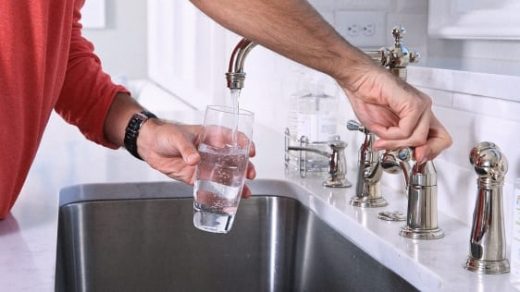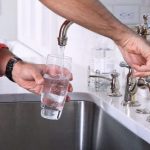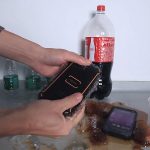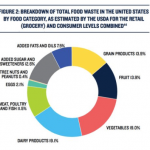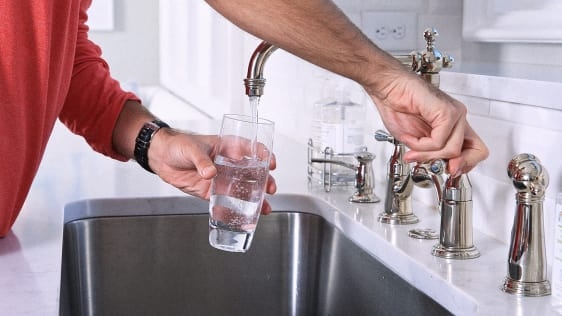This Device Will Detect The Dangerous Chemicals In Your Tap Water
Do you know what’s in your tap water? Hopefully, just some fluoride, but there’s a chance for much worse: lead, arsenic, or mercury.
But soon, thanks to the Toronto-based startup Serene Sensors, you’ll be able to see exactly what’s in your next glass for about 50 cents a day. WaterShield, currently fundraising on Kickstarter, will act like a home carbon monoxide detector but for heavy metals and other contaminants in your drinking water.
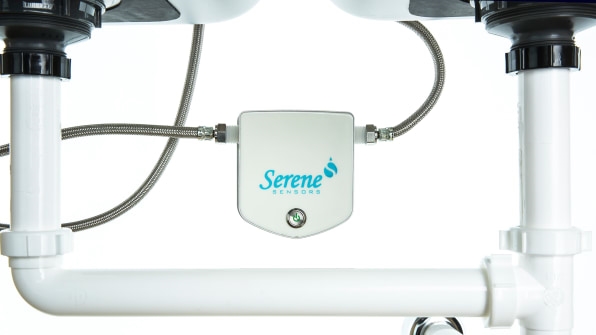
“It’s a device that can tell you everything and anything about your tap water chemistry,” Serene Sensors business development manager Will Moniz tells Fast Company. “This is just a way for the everyday man and woman to know what’s in their water, and to take corrective action if they’re exposed to too much contaminant concentration.”
Once you attach the WaterShield to the piping under your sink, it’s a hands-free experience. The device is automated and will test for 26 contaminants, including lead, arsenic, cadmium, mercury, copper, and dissolved solids–exactly the type of stuff that too often sneaks through the water filter in your refrigerator.
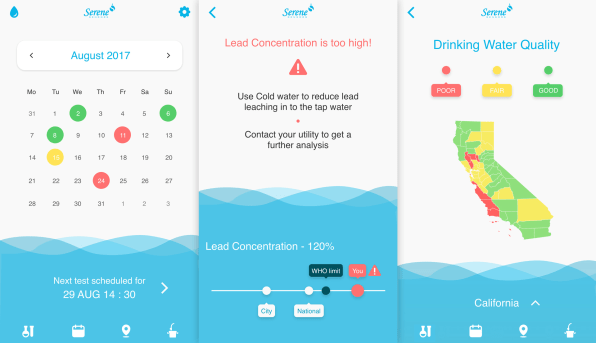
These contaminants aren’t some faraway concern, either. The United States scored a “D” grade on the quality of its drinking water systems, according to the American Society of Civil Engineers, and as many as 63 million people across the country have been exposed to potentially unsafe water once in the past 10 years.
Like other water monitoring gadgets, the WaterShield will connect to your wi-fi network and its smartphone app will allow you to schedule tests and see results anywhere. Moniz says the team expects it to retail for under $150.
To be clear, the WaterShield will detect contaminants and recommend actions–like installing a reverse osmosis filter in the case of arsenic–but it will not alter, treat, or filter your water. And since the government has a responsibility to replace service lines only up to your property line, it’s potentially up to you to pursue a long-term solution. (In Washington, D.C., the cost of a full-service line replacement typically costs about $2,500; some cities offer subsidies.)
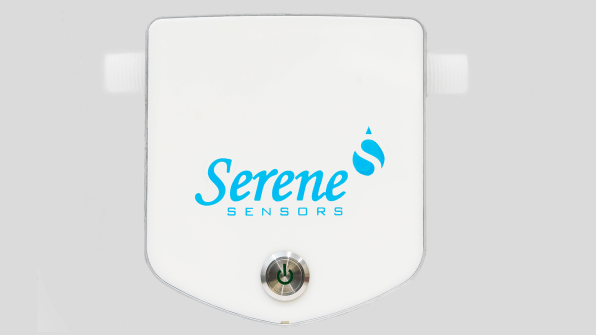
Moniz and team hope to include tests for additional contaminants and rollout a digital map that would allow users to see not only the water quality in their own homes, but also the stuff that’s being piped into their neighborhoods, or the one across town. This tool could help people determine where to buy homes and send their kids to school, or where they choose to spend money and eat dinner. It’s easy to imagine that it could also push cities to take more proactive measures to protect their citizens.
“We want to ensure that transparent information is available for everyone, as a way to make for informed consumers but also a way for cities to know that the pressure is on,” Moniz say. “If cities know that their water quality standards are not up to what their neighboring region is, they’ll be incentivized to fix it.”
Remember, legal limits aren’t necessarily health-protective limits. And as we’ve previously covered, 50,000 municipalities across the country have water with traces of more than 250 contaminants, 160 of which are unregulated by the government. It’s very clearly not just Flint (a national tragedy) that has problems. There’s a decent chance your tap water may have dozens of contaminants in it, too–and in the case of lead, there is no known “safe” level–so it might be good to know what’s in it.
Fast Company , Read Full Story
(51)

